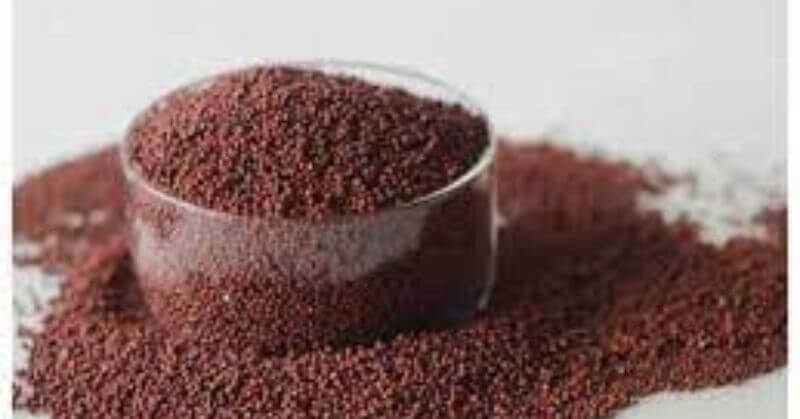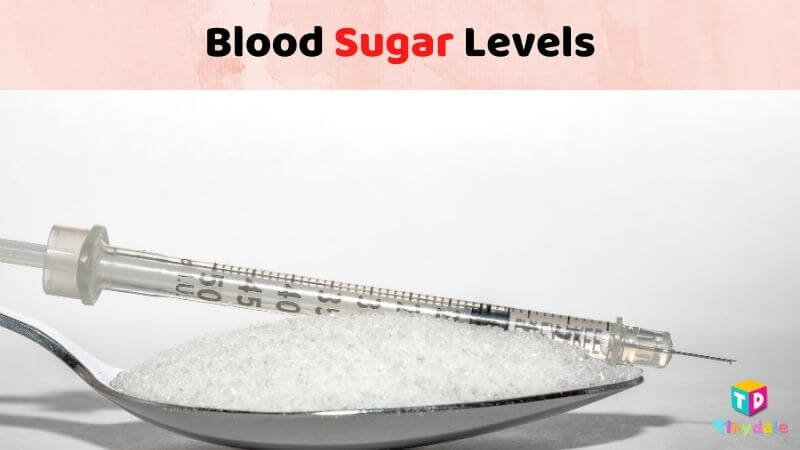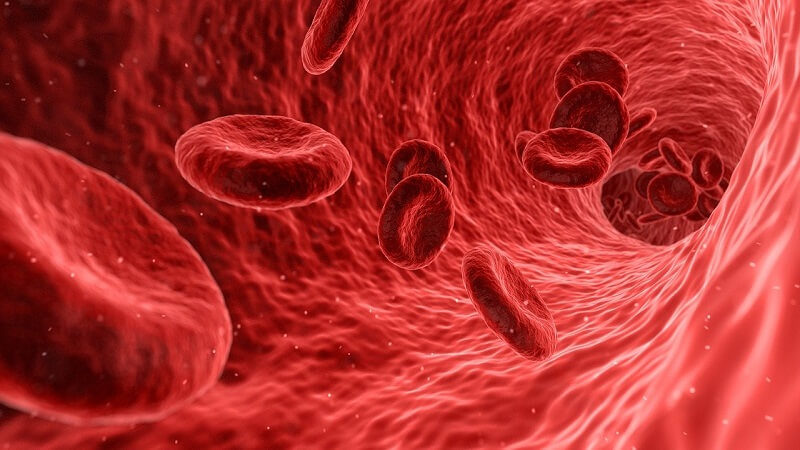ngerMany Indians, especially those living in the south, used to regularly consume ragi, also known as finger millet (Eleusine coracana L.).
Although it was once a staple in most people’s diets, this once-popular cereal has all but disappeared. Given finger millet’s beneficial nutritional and therapeutic properties, this is shocking and unfortunate.
Its importance is doubled by the fact that this is a highly flexible crop that thrives in the humid conditions typical of India. Let’s check out some ragi laddus, cookies, and pakodaas, as well as the many advantages of finger millet.
What is Ragi?
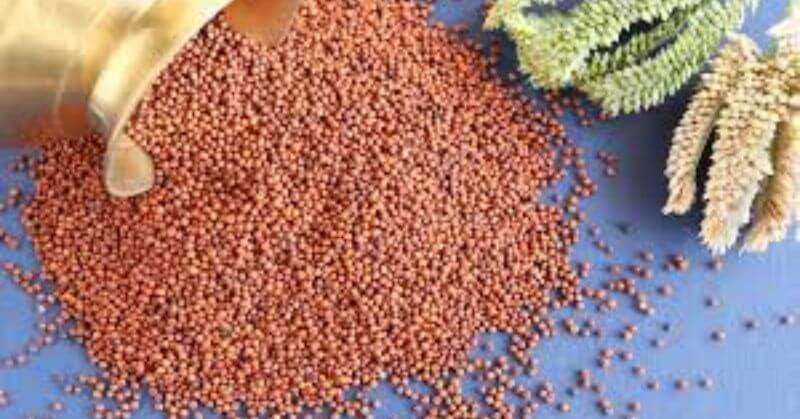
Ragi, or Eleusine coracana as it is known in the scientific community, ragi meaning in hindi is a type of cereal that is grown commercially every year in the humid tropics of Africa and Asia. It is especially common in Ethiopia, India, and Sri Lanka. Ragi’s nutrient density makes it a useful aid in a variety of medical contexts, including but not limited to improved digestion, decreased cardiovascular risk, slowed aging, and better control of diabetes.
Ragi in English as finger millet because the grain’s head, which consists of five spikes, looks like the five fingers on a human hand. This annual grass belongs to the Gramineae family and can reach a height of 1–2 meters. The length of the leaves, which is between 30 and 70 cm and is narrow and green, varies greatly. Seeds of various hues (brown, red, and purple) are arranged in florets along the straight or curved branches. Its native Kannada, Hindi, and Telugu speakers call it “Ragi,” while those in Marathi, Bengali, and Tamil refer to it as “Nachni,” “Madua,” or “Kezhvaragu.”
Finger millet crops can survive in dry conditions and can even thrive in soils with a pH range from slightly acidic to slightly alkaline. Because of this, these plants can be propagated year-round in a wide variety of Indian climates and topographies, including the mountains and the plateaus. Following maturation, the ragi plant’s seeds are harvested, cleaned, dried, and then stored as grains. Thus, ragi is either sold as a healthful super-grain or, after being subjected to various processing methods like milling and malting, as flour.
Ragi flour
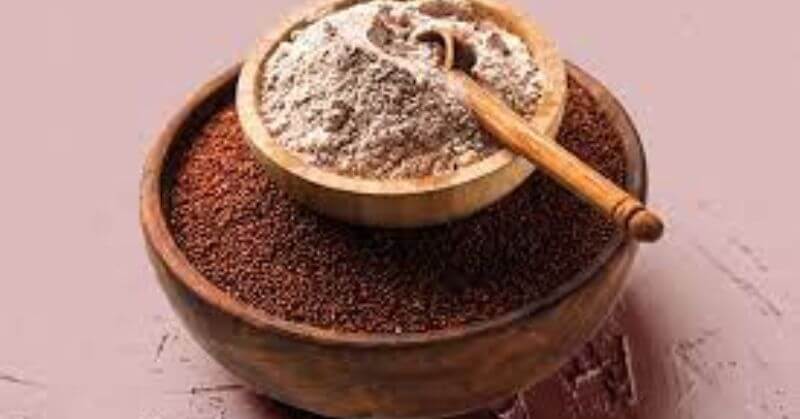
The Ragi grain is ground into a powder that is then used to make Flour. Specifically, the powdered form of finger millet. It’s rich in minerals and protein. For those who prefer a plant-based diet, this is the perfect protein option. There is a long list of advantages to using ragi flour, and its low-fat content and high fiber content are just the beginning.
Ragi Malt
Drinks called “ragi malt” are prepared by boiling flour in either water or milk. Ragi means finger millets, and malt means germinated grains. So, traditionally speaking, ragi malt is ragi flour that has been sprouted and then boiled in either water or milk. Alternatively, you can use regular ragi flour, either homemade or purchased.
Ragi Dosa Recipe
Prepared with finger millet and urad dal (lentil), Fi Dosa is an Indian breakfast recipe that is healthy, nutrient-dense, and high in protein. You won’t find any rice or rice flour in this dosa batter.
Dosa batter, whether made with whole ragi or i flour, can be prepared in a number of different ways. I could list more types indefinitely. There are numerous variations of raagi dosa, such as instant dosa, rava dosa, Finger millet dosa with rice, dosa without rice, ragi neer dosa, ragi set dosa, ragi roti, etc.
On the other hand, I think the Ragi urad dal dosa given below is one of the healthiest options out there. In this preparation, whole ragi is soaked, drained, combined with urad dal (lentil), and then fermented.
Kids especially enjoy this dosa because of its high protein content and spongy consistency.
Ragi Balls
Karnataka and the Rayalaseema region of Andhra Pradesh are home to the healthful dish known variously as Finger millet mudde, Finger millet balls, finger millet sangati, or kali, but more commonly as mudde or hittu, meaning “flour.” The rural population of Karnataka is the main demographic that consumes it.
11 Amazing Ragi Benefits
These are the benefits of having Ragi:
Wholesome Morning Meals
Ragi contains a wide variety of important nutrients, including vitamins C, E, B-complex, iron, calcium, antioxidants, proteins, fibers, adequate calories, and beneficial unsaturated fats. Upon waking up from a night of restful sleep, the digestive tract and stomach are functioning at their metabolic best. Therefore, starting the day with a ragi-based meal like ragi uppma or ragi parathas stimulates the digestive juices and ensures complete assimilation of the nutrients found in finger millet, which are absorbed into the bloodstream and transferred to vital organs like the heart, brain, lungs, liver, and kidneys.
It gives You a Boost of Necessary Amino Acids
Due to its unique composition of essential amino acids, Finger millet is a rare and valuable plant-based protein source. It contains the amino acid threonine, which aids in the formation of teeth and enamel and protects the mouth from gum disease; valine and isoleucine, which aid in the repair of injured muscle tissue; and methionine, a sulfur-based amino acid that revitalizes skin and hair health.
Ragi Advocates for a Gluten-Free Diet
Unfortunately, wheat, a common ingredient in Indian cooking, is a common source of gluten intolerance in both young adults and the elderly. Finger millet is often recommended for people with celiac disease because it is naturally gluten-free and can be used in place of wheat to make chapatis, dosas, and sweets or mithaiis.
Keep in mind that due to the complexity of the digestive process necessitated by ragi’s high fiber content, it is best consumed first thing in the morning. This is especially true for people who have digestive issues or gluten allergies.
Increases Bone Density
Bones in developing children can benefit from finger millet because it contains a high concentration of natural calcium. Additionally, it helps elderly people regain their pre-osteoporosis bone density, which reduces their risk of developing the disease. Adults of middle age and older should eat moderate amounts of ragi to improve bone health and prevent gastrointestinal and kidney disorders.
Helps Maintain Healthy Blood Sugar Levels
Finger millet contains a lot of phytates, tannins, and polyphenols, which are plant chemicals that slow down digestion, but it’s also high in calories and carbohydrates for instant energy. Ragi is an excellent addition to a diabetes diet because it helps control high blood sugar. Ragi is the best food for adults to eat to speed up weight loss and control other lifestyle diseases like diabetes and obesity because of its low digestibility and high fiber content.
Ragi Reduces Iron Deficiency Anemia
Anemia due to a lack of iron Every year, millions of men, women, and children in India suffer from anemia, which causes them to feel constantly tired and hinders their productivity. Because of its high iron content, ragi is a wonderful remedy for anemia. You may want to learn more about anemia and its symptoms and how to treat them by reading Anemia: Causes, Symptoms, and Treatment.
Facilitates Optimal Performance of the Nervous System
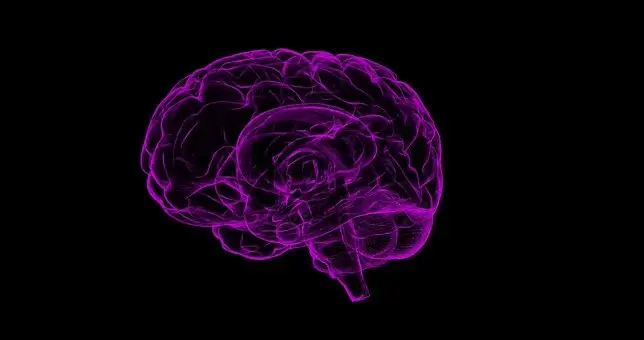
Increased levels of the amino acid tryptophan in a diet that includes moderate amounts of ragi daily aid in facilitating nerve impulse conduction, stimulating memory centers in the brain, and calming the mind. Ragi aids in the treatment of anxiety and insomnia by maintaining positive emotions and promoting restful sleep due to the tryptophan content’s effect on serotonin levels.
Improves Cardiac Condition
Due to its lack of cholesterol and sodium, ragi flour-based dishes are safe for people with heart conditions to eat. The high levels of beneficial HDL and decreased levels of harmful LDL are also attributed to the abundance of dietary fibers and vitamin B3 or niacin. By preventing the buildup of plaque and fat in the heart’s blood vessels, enhances cardiac muscle function and general cardiovascular health.
Ragi Helps While Pregnancy and Breastfeeding
Pregnant and nursing women can greatly benefit from eating sprouted finger millet grains the morning after they have sprouted. Ragi’s high iron and calcium content makes it a great food for pregnant and nursing mothers looking to increase their milk supply and maintain hormonal equilibrium.
Provides Some of the Nutrients a Child Needs
Since Finger millet contain so many essential nutrients, it’s an excellent choice for satisfying a growing child’s appetite and fulfilling their expanding dietary needs. In the southern states of India, kanji or malt made with ragi flour is commonly given to infants and young children as a weaning food. Ragi’s starchy content means it can help young children put on weight, which is helpful for their healthy growth and development.
To Treat Irritable Bowel Syndrome, Eat Ragi

Irritable bowel syndrome, or IBS, is a digestive disorder that affects a large percentage of the population and is characterized by severe abdominal pain and other symptoms like constipation, diarrhea, and gas.
Ragi is superior to many other types of cereal, including wheat, barley, and oats, in terms of the quantity of beneficial dietary fiber it contains. Eating foods high in fiber helps regulate feces bulk and facilitates the smooth transit of food and other materials through the digestive tract. Having a breakfast of ragi porridge has been shown to improve metabolic rate, alleviate symptoms of irritable bowel syndrome (IBS), and even reduce the risk of developing colon cancer.
Final Thoughts
This is a healthy cereal crop that can be consumed by people of all ages. Since it does not contain any gluten or other grains, it is safe for people with certain cereal and gluten allergies, making it a true superfood.
Ragi, like any other food, should be consumed in moderation to prevent negative health effects. Finger millet, also known as ragi, may help reduce the prevalence of anemia and age-related diseases like osteoporosis, arthritis, and Alzheimer’s when consumed in moderation.
Use this nutritious crop in the form of sprouted seeds or ragi flour to make traditional Indian dishes like rotis, dosas, and halwaas with ease, and reap the many physical and mental health benefits it offers.
Follow Us: Facebook | Instagram | Twitter | Youtube | Pinterest
Tinydale is on YouTube, Click here to subscribe for the latest videos and updates.

